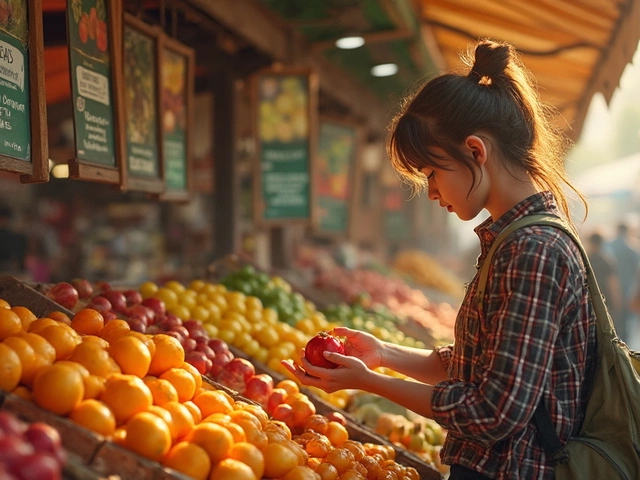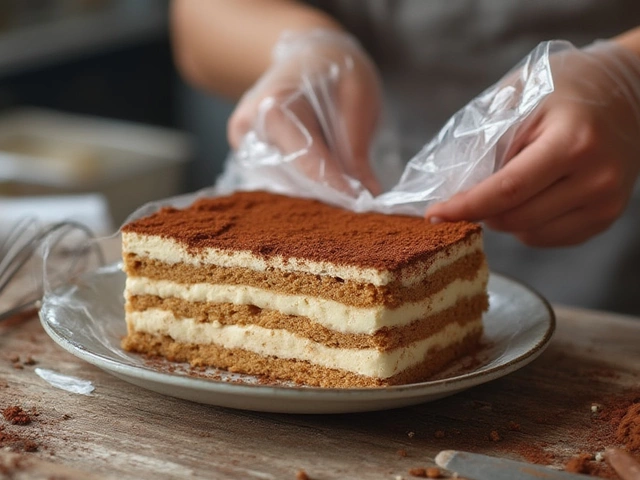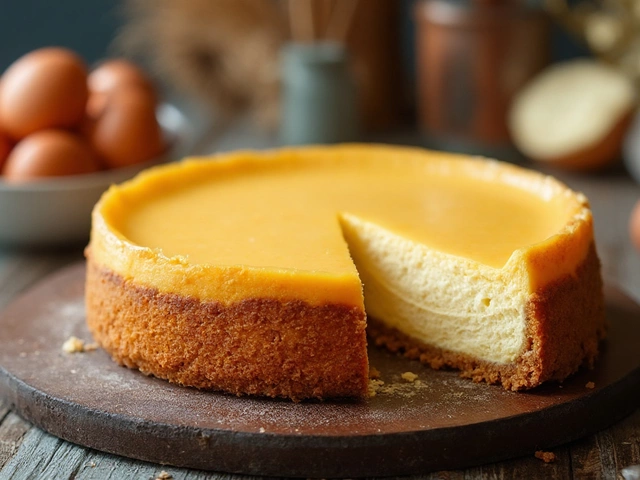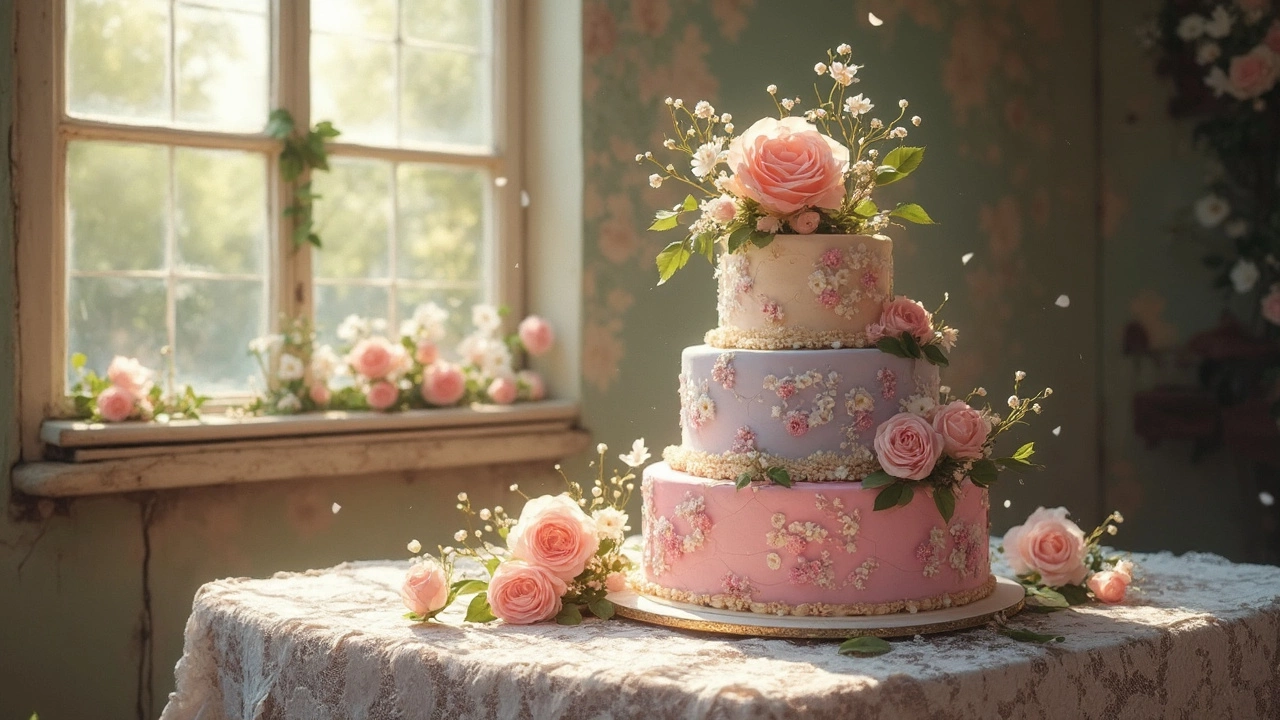
Ever wondered what makes a cake not just tasty, but visually stunning? It all starts with the art of decorating. Sure, flavors are key, but a cake's appearance can steal the show. Think of it as making sure your cake looks as good on Instagram as it tastes in real life. Whether you're going for sleek and minimal or wild and colorful, the right technique makes all the difference.
Flavors matter too! Consider how different colors can represent certain flavors. Maybe you're into a pastel pink cake with subtle hints of strawberry or a bold chocolate creation with rich cocoa tones. Mixing it up adds depth and interest—your taste buds and eyes will appreciate the symphony!
- The Art of Decorating
- Choosing Flavors and Colors
- Tools and Techniques
- Troubleshooting Common Problems
The Art of Decorating
Alright, so let's uncover the secrets behind crafting the most beautiful cakes! When it comes to the art of decorating, even the simplest touch can make a cake look like a masterpiece. Whether you're a newbie or a seasoned pro, focusing on a few key aspects will elevate your cakes to new heights.
Understanding Balance and Harmony
A cake's design is all about creating a balanced look. Think about the overall shape, height, and color palette. If you're working with multiple colors, try to stick to a theme. This isn't just about slapping frosting on top; it's about creating something that feels cohesive. It's like dressing your cake—everything should work together!
Mastering Basic Techniques
Before you dive into advanced designs, nail down the basics. You'd be surprised at what a difference it makes to smooth the icing or pipe a clean edge. Have a go at creating simple shapes like stars or swirls. You can use piping bags and a variety of tips to make your cake stand out. Fancy gear can help, but it all starts with good old practice.
The Magic of Edible Decorations
Let's talk about garnishes—fruit slices, edible flowers, or even candy pieces can jazz up a cake with minimal effort. When you place these decorations thoughtfully, they can deliver that wow factor effortlessly. The key is not overdoing it. Let each element breathe on the cake's surface.
Latest Trends for a Modern Look
Staying on top of current trends can provide some fresh inspiration. Ombre cakes and jewel-toned palettes are currently stealing the show. These trends add a contemporary twist to classic treats. Try incorporating different styles like drip cakes, where the frosting dribbles down the sides in a delectable fashion.
Take a look at some interesting stats about cake decorating kits:
| Item | Popularity (%) |
|---|---|
| Piping Bags | 75 |
| Fondant Tools | 50 |
| Edible Colors | 65 |
Keep experimenting! Each cake is a chance to learn something new, and isn't that part of the fun? Your cakes will impress everyone at your next celebration, whether it's a modest family dinner or a grand gala. Happy decorating!
Choosing Flavors and Colors
Want to make a cake that's both a feast for the eyes and the palate? Let's talk about how to match the right flavors with the perfect colors. This is where creativity meets taste, and it all starts with understanding the basics of how flavors and colors can play off each other.
Pairing Flavors and Colors
First, think about what flavors you love. Do you lean toward light fruits like lemon and berries or more intense ones like chocolate and coffee? These choices can guide your color journey. A buttercream with natural strawberry flavor could pair beautifully with shades of pink, while a decadent chocolate ganache might scream for deep browns and a dash of gold sparkle for some elegance.
Colors can set the mood too. Pastels might work for a springtime bridal shower, while rich reds and greens are perfect for festive holiday gatherings. Flavor and color aren't just about personal taste; they help set the cake's tone for the event.
Using Natural Ingredients
Ever considered using natural ingredients to color your cakes? It's not only healthier but can enhance the flavors too. For example, beetroot powder can add a drop-dead gorgeous red hue, while matcha will give a pop of green—it's a win-win with color and taste.
Popular Flavor and Color Matches
- Vanilla with Lavender: Light and fragrant, perfect for a subtle purple cake.
- Chocolate and Raspberry: Rich and vibrant, creating a feast of deep browns and reds.
- Lemon and Blueberry: The tartness and sweetness make blues and yellows a great summertime choice.
Want a quick tip? Think beyond the frosting. Consider marbling colored cake batter to create stunning patterns when you slice into the cake. It’s like a surprise party for your guests!
Ultimately, don't be afraid to experiment. Try different combinations until you find the one that resonates with your taste and style.
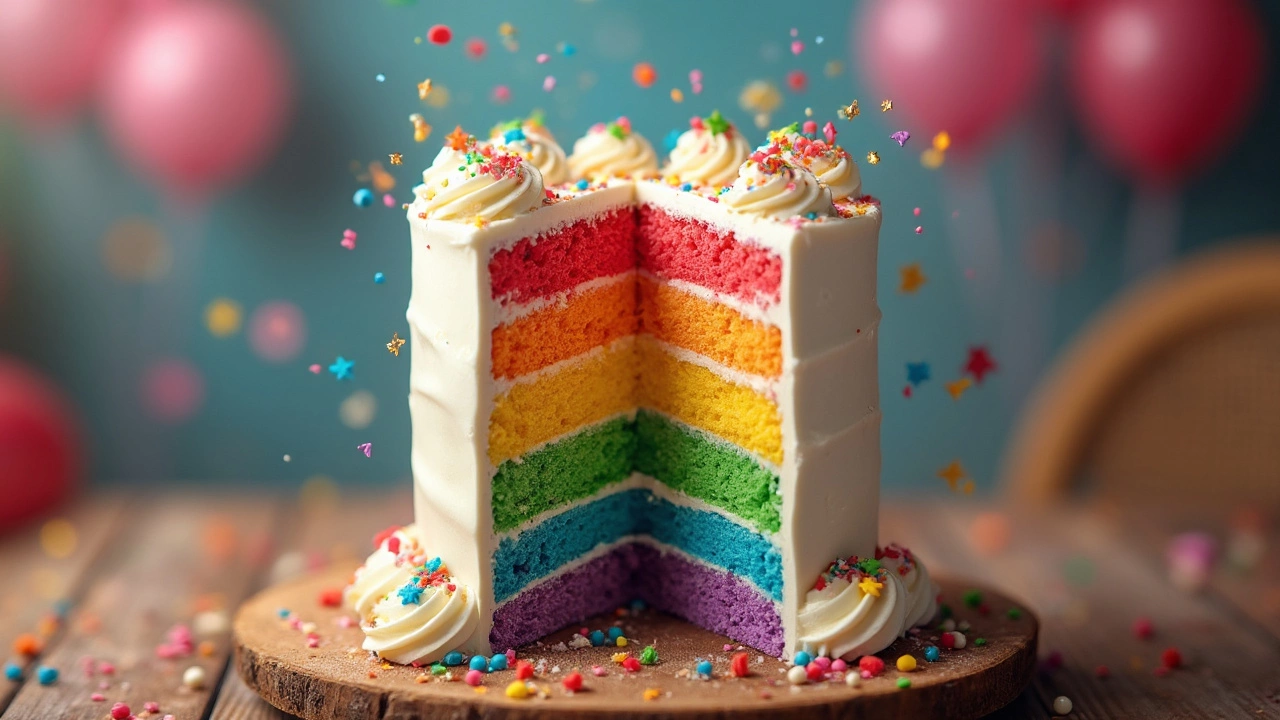
Tools and Techniques
Alright, let’s talk about the nitty-gritty of cake decorating. Having the right tools can totally change the game. Imagine trying to paint a masterpiece with just a toothbrush—not great, right? Same goes for cake decorating.
Essential Tools
A good starting point is getting your hands on some piping bags and tips. These are your best buddies for adding beautiful designs and details. You can find them in various shapes and sizes depending on whether you’re thinking of making rosettes, stars, or writing out a message.
- Offset spatula: This helps to spread icing smoothly over the cake with more control.
- Turntable: It’s like a lazy Susan for decorating, letting you spin your cake around to reach all sides easily.
- Bench scraper: Great for leveling icing and giving your cake sides that crisp look.
- Leveler: For getting those perfectly even layers, because who doesn’t love a balanced cake?
Techniques to Master
So, with tools in hand, what about techniques? Here’s where it gets fun and sometimes even messy! Mastering a few key techniques can make your cakes beautiful and mouth-watering to all.
- Crumb coating: Always start with a thin layer of icing to lock in crumbs, acting as a base for the final layer of frosting. It’s a game changer to get that smooth, professional finish.
- Piping: Practice makes perfect here. Start with basic designs and then work up to more complex ones like intricate lacework or basket weaves.
- Smooth icing: Use that offset spatula and scraper to create sleek sides. It takes a bit of patience and a few tutorials, but it’s well worth the effort.
The secret is to keep experimenting and have fun while you’re at it. After all, making cakes is as much about enjoying the process as it is about impressing with the final result.
| Tool | Purpose |
|---|---|
| Piping Tips | For detailed designs like flowers and borders |
| Turntable | Effortless cake rotation for even icing application |
| Leveler | Ensures cake layers are flat and uniform |
Troubleshooting Common Problems
Baking a cake might seem like a piece of, well, cake. But we all know things can go wrong. Here’s how to tackle some of those pesky problems when they arise.
Why is My Cake Too Dense?
Nothing worse than expecting a light, fluffy cake and ending up with a pancake. If that’s happening, it might be due to overmixing the batter. Once you add flour, give it a gentle mix just until the ingredients are combined. Another trick? Make sure your baking powder or soda isn't expired—that stuff really matters.
Why Did My Cake Sink in the Middle?
It’s a downer to see a sunken cake. This usually occurs when the cake isn't fully baked before being taken out of the oven. Also, check your oven's temperature with an oven thermometer, just to be sure you're baking at the right temp. Avoid opening the oven door too early; the sudden drop in temperature can make your cake collapse.
How Do I Prevent Sticking?
Greasing your pans is crucial. Use butter and then line it with parchment paper for extra security. It doesn’t hurt to give the parchment a light buttering, either. The more slip, the less stick.
Dealing with Stale and Dry Cakes
No one likes a dry cake! This happens when it’s overbaked or stored incorrectly. Wrap your cake in plastic wrap while still slightly warm. This helps retain moisture. If it's already dry, serve it with a generous layer of frosting or a sweet drizzle for some cover-up magic.
Frosting Fails
Runny or split frosting is another common grievance. Always let the cake cool completely before frosting it. If your buttercream is too runny, try adding a bit more powdered sugar. If it's splitting, might be temperature-related; make sure all ingredients are room temp before you mix them.
There you go! These solutions should tackle most of the common problems you encounter while making beautiful cakes.

